This is a burning issue in all cities in Poland. Projects are fraught with pitfalls.

- Energy efficiency is currently a hot topic in all cities. They are seeking advisory support from various sources to implement these types of investments.
- For banks and construction companies, larger energy efficiency improvement projects are more attractive than smaller ones.
- Auditors and advisors often come up with standard solutions. Proper preparation of an energy efficiency improvement project is crucial to its subsequent success.
"I'll briefly summarize the EPC ESCO model. I'm not sure if everyone is familiar with it, but its importance is growing, so it's worth knowing. The model is based on a mandatory guarantee of energy efficiency, and this is a key advantage. This is also why this model is promoted, for example, in EU directives and in national regulations, such as the Energy Efficiency Act," said Marek Tobiacelli, senior expert from the Department of International Cooperation and Expertise of the National Energy Conservation Agency (KAPE) , during the "Energy Efficiency Market" panel held during the Energy Days conference in Katowice .
Active energy managementThe second feature of this model, related to the guarantee of the effect, is that the ESCO manages the energy and does it very actively, i.e. collects data, manages the actuators, monitors the effects and reports them to the other party of the contract, i.e. the public entity.
"The regulation governing the EPC procedure, or energy efficiency improvement contracts, is the Energy Efficiency Act. This procedure is suggested for building projects and the energy modernization of public buildings. The act will soon be amended to include an additional requirement that for public buildings with an area greater than 750 square meters, the first choice should be an EPC procedure performed by an ESCO," added Marek Tobiacelli.
However, if for some important reasons this cannot be done, then you can turn to a standard order.
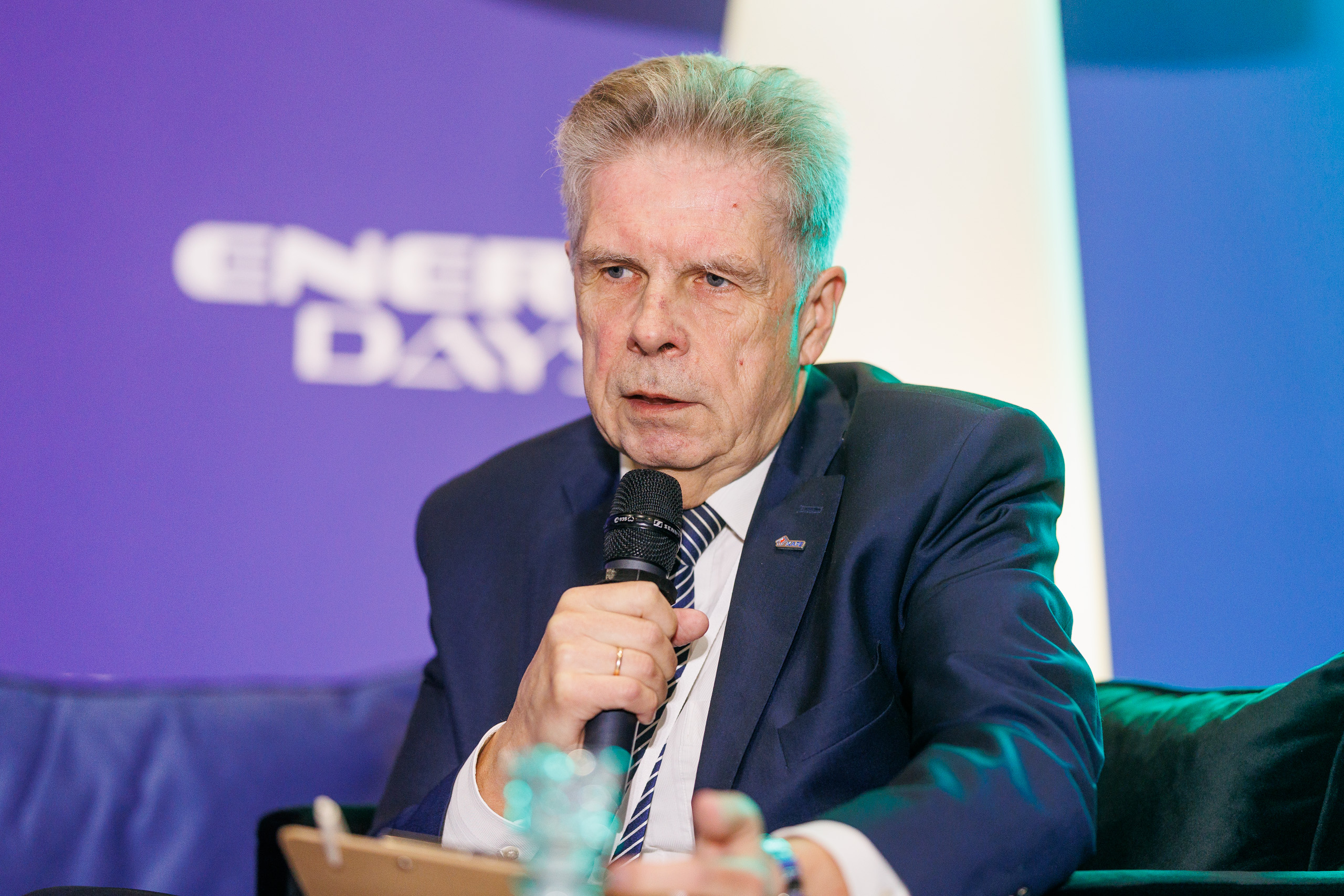
"By choosing an EPC ESCO project, a public entity assumes that it will receive comprehensive services from the ESCO, including design, modernization, financing, possibly with the support of external funds, and then energy management for a specified period specified in the contract. This is a proposal for public entities that take the deep energy modernization of their assets very seriously, and do not limit themselves to traditional thermal modernizations, the effects of which are often completely unpredictable," explained Rafał Cieślak, legal counsel at the Law Firm of Dr. Rafał Cieślak .
When preparing for such an investment, you must decide on the procedure for selecting an ESCO. There are two options.
"The recommended and very frequently used procedure in public-private projects is competitive dialogue, as stipulated in the Public Procurement Law. This procedure has many advantages, including the ability to thoroughly discuss every element of such a public procurement with potential ESCOs. A characteristic of competitive dialogue is that it takes a relatively long time, as it involves several rounds of negotiations," noted Rafał Cieślak.
This mode is incomparable to single-stage modes such as open tendering or the basic mode without negotiations for small orders.

"Łomianki, like every other city, is grappling with the energy efficiency of its public buildings. What prompted us to pursue EPC was primarily the offer of external funding," said Aleksandra Jankowska, head of the External Funds and Business Activity Department at the Łomianki City Hall .
As she said, many cities are interested in how Łomianki is dealing with improving energy efficiency in educational buildings.
- There isn't a week that goes by without us receiving calls asking if it works and if it's worth implementing such projects - explained Aleksandra Jankowska.
He admits that such projects require a significant organizational effort for local governments, which may prevent some from pursuing such initiatives. However, the financial implications are certainly worth the effort, and if we add the offer of non-repayable funding, it becomes a truly attractive undertaking.
- Energy efficiency itself is currently a hot topic in all cities, municipalities are looking for advisory support in various places - emphasized Aleksandra Jankowska.
She noted that if there is an offer of funding, there will definitely be more of these projects.
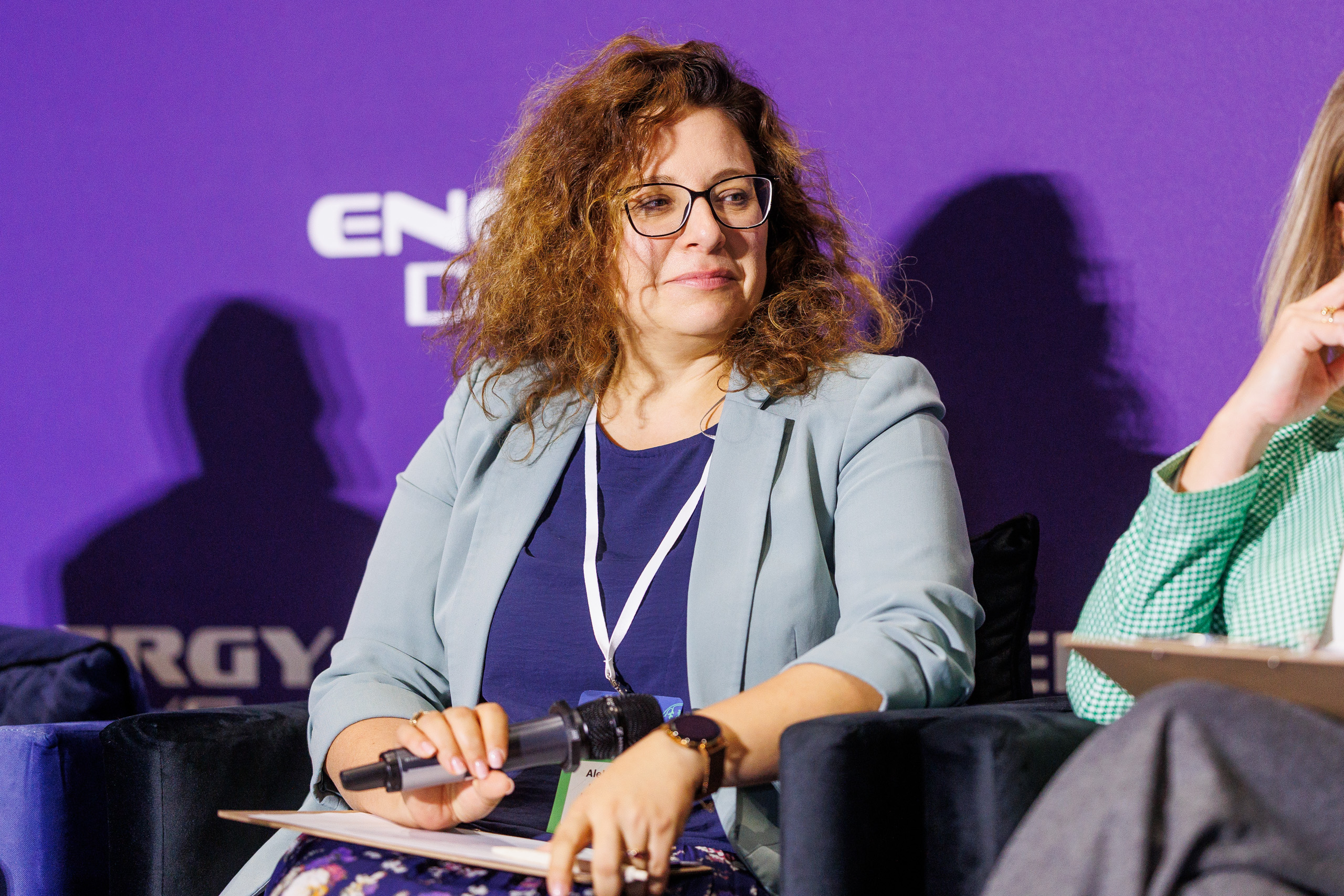
Often in smaller towns, local government authorities are more interested in improving energy efficiency and managing energy and heat in municipal facilities than in larger cities.
"In smaller towns, the manager is closer to the people and is more accountable for what he does. In large cities, we are dealing with managing much larger assets, and the success we achieve often gets lost in the rush of various issues," said Katarzyna Jastrzemska, director of the Energy Efficiency Department at the National Fund for Environmental Protection and Water Management (NFOŚiGW) .
The National Fund for Environmental Protection and Water Management (NFOŚiGW) is currently managing a school thermal modernization program. School buildings in worse condition are found in larger cities than in smaller ones.
"The energy efficiency of buildings is no longer a topic that can be ignored. Just a few years ago, even if needs for improving the energy efficiency of buildings were identified, the need for road repairs or other projects often resulted in these projects being shelved. Unfortunately, these projects are sometimes shelved now because there is no funding or the municipality lacks the necessary resources, but they are no longer sitting on that dusty shelf. City officials now know they need to pay attention to this," argued Katarzyna Jastrzemska.
She added that there are many municipalities in Poland that operate almost like energy cooperatives, where the mayor or commune head has monitors in his room and monitors energy consumption in individual municipal buildings.
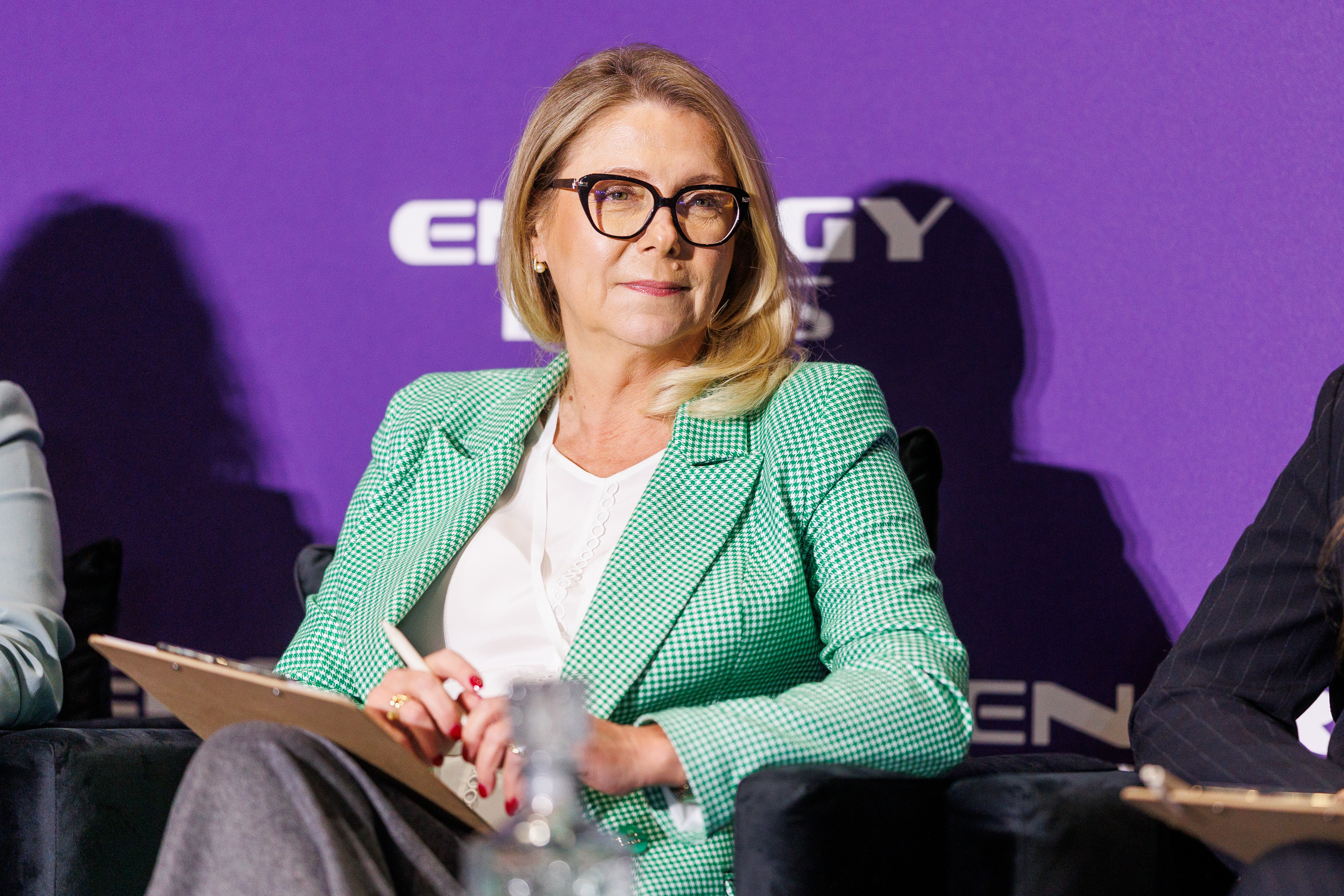
"Bank Gospodarstwa Krajowego (BGK) has always provided financing to local governments. We view and support various public investment financing models with great interest. This includes public-private investment models, whether through public-private partnerships (PPPs), as has been the case so far for energy efficiency, or, as is currently the case, the EPC ESCO model," assured Anna Łopaciuk, Director of Transport Infrastructure Investments at Bank Gospodarstwa Krajowego (BGK) .
Watch the report from the "Energy Efficiency Market" panel:
In her opinion, the market development stimulus seems to be the standardized guidelines for EPC energy efficiency improvement contracts, prepared by the Ministry of Climate and Environment.
Larger energy efficiency improvement projects are more attractive to banks than smaller ones.
"From the perspective of every bank and financing institution, implementing and financing projects in a project-based formula requires the project to be slightly larger than a few million zlotys. Unfortunately, our projects, especially at the local government level and especially in small towns, are very small-scale. This also poses a significant challenge for contractors: how do they view projects costing several hundred thousand or even several million zlotys versus projects that are more comprehensive, encompass more facilities, and are of an appropriate scale?" emphasized Anna Łopaciuk.
In the case of larger projects, market interest is much greater.
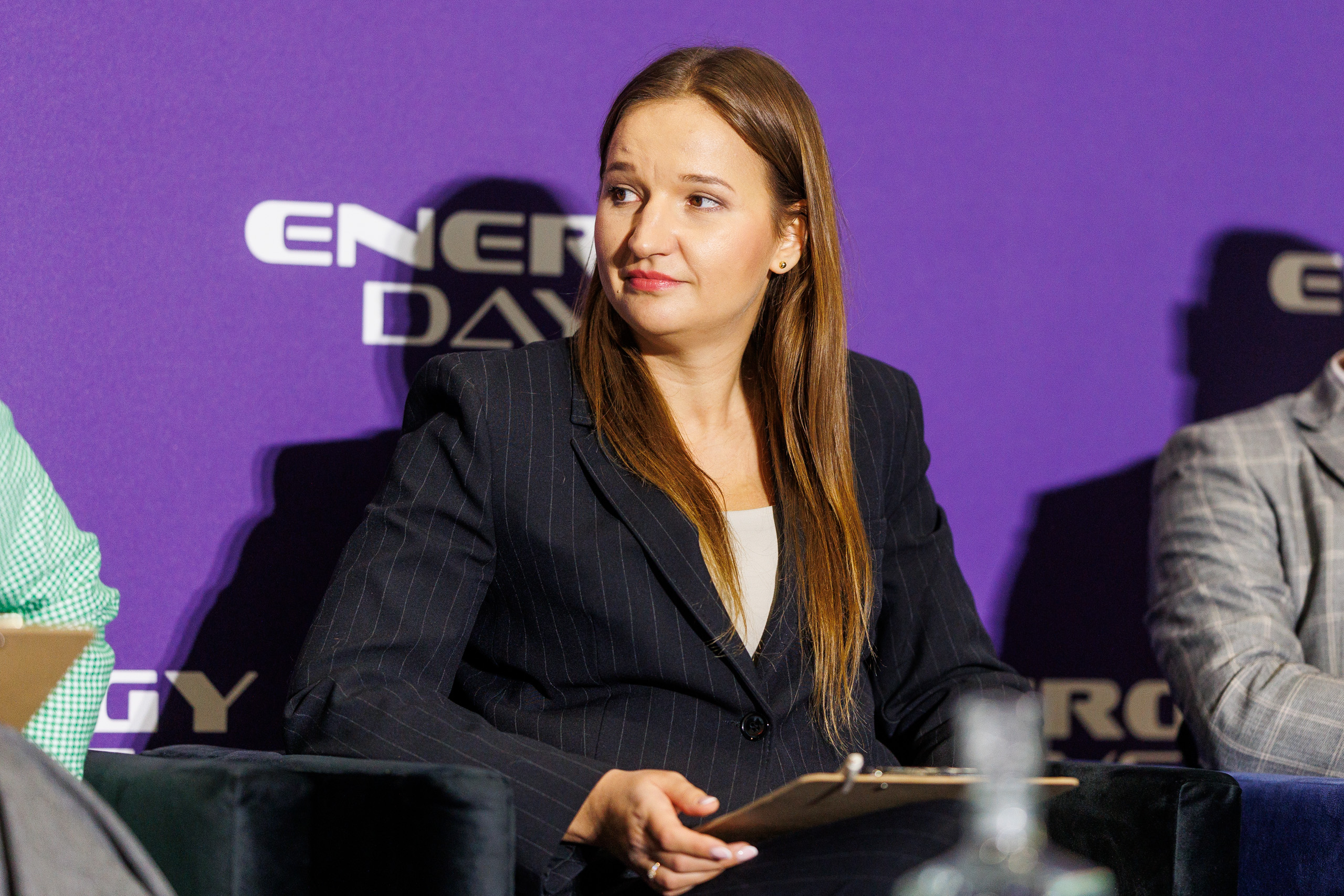
"The problem for the contracting authority is a lack of competence. It's not so much a lack of competence as unconscious incompetence. Everyone hears about ESCOs financing themselves from savings, so great – we're doing it. And then they sit down with the documents and wonder what to do next. And here's the first problem: the consulting market is very shallow. In fact, we can probably count on one hand the number of people who know about it, and those who do are probably even fewer. And that's where the first bottleneck begins – the inability to prepare a large number of these projects," said Bartosz Marciniak, CEO of Smarte and CEO of Promar .
The second challenge is the relatively high cost of preparing an ESCO project, as consultants must not only address the formal and legal aspects but also the technical aspects. This poses another problem, as technical concepts often diverge from what would actually need to be done on a given building.
"Auditors and consultants often come up with formulaic solutions and calculate how much savings they will generate, but the ESCO's problem is that they must actually achieve these savings. So we can't theorize that if we add a little more Styrofoam, there will be more savings, because that doesn't always work. There are elements that no longer improve efficiency, but they do cost money," explained Bartosz Marciniak.
Often, the biggest problem for ESCOs is the quality of input data for analysis.
"We receive an audit from the client that someone once conducted, and it states that 60% savings can be achieved. We put this data into our calculation models, and we don't get that 60%. Now, what's important for us is that we have to find the reason for this difference. And there are many reasons, for example, trivial errors where the auditor looked at the documentation and took, for example, the usable area, not the heated area, or took the building's area before the expansion, even though the building was expanded," explained Bartosz Marciniak.
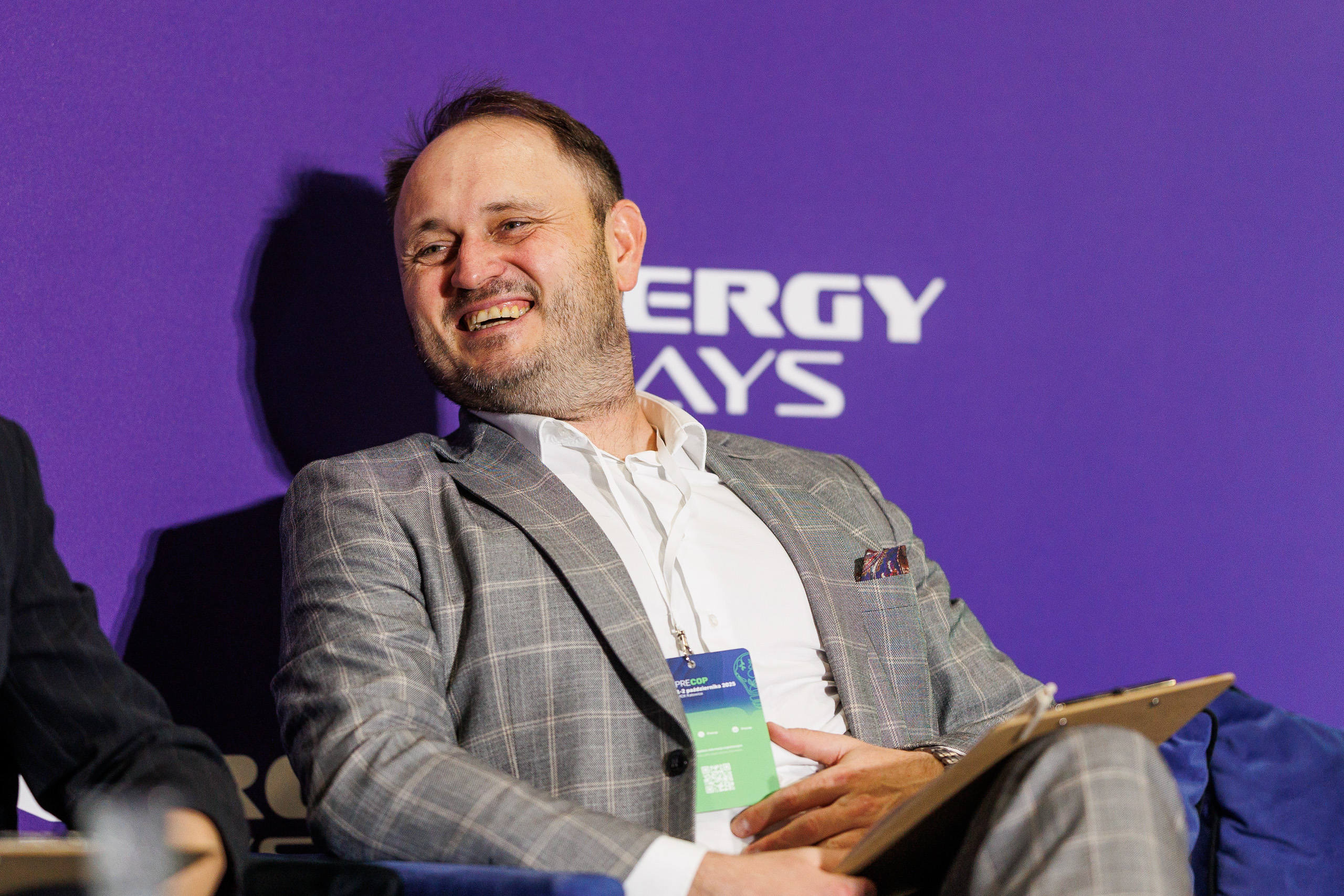
wnp.pl





